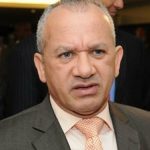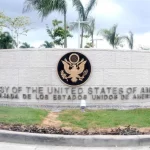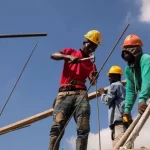World Bank guides countries on how to invest resources for education

Santo Domingo.- The World Bank continuously analyzes the effectiveness of investments in education made by countries. In their latest publication, “Cost-effective Interventions to Improve Global Learning, Report 2023,” the World Bank provides a guide for low- and middle-income countries, offering insights on strategies to enhance learning and educational outcomes.
The report categorizes various educational policies and programs into different groups, ranging from “Great Buys” to “Bad Buys,” and provides explanations of their characteristics. It aims to assist governments and other stakeholders in making informed decisions about effective investments in education.
The report was developed by the Global Evidence in Education Advisory Panel (GEEAP), an independent interdisciplinary group consisting of global experts in evidence-based educational interventions and their implementation.
“Great Buys” are defined as highly cost-effective interventions that are supported by robust scientific evidence. Examples of such interventions include providing information on the benefits, costs, and quality of education, as well as supporting teachers with structured pedagogy. This encompasses structured lesson plans, teaching materials, and ongoing support for teachers. Additionally, adopting a student-centered approach based on individual learning levels rather than school years is emphasized.
Under the category of “good purchases,” the report highlights the importance of developing early stimulation programs for parents with children aged 0 to 36 months. It also emphasizes the significance of providing quality preschool education for children aged 3 to 5 and reducing travel time to schools. The report suggests awarding merit-based scholarships to disadvantaged children and youth and implementing mass deworming programs in schools where worm incidence rates are high.
However, the report cautions against investing solely in devices like computers, tablets, and mobile phones, as consistent evidence indicates that these interventions have not been effective or cost-effective in many situations. It also raises concerns about the limited focus on additional materials while neglecting other critical factors such as textbooks, recruiting additional teachers to reduce class sizes, expanding educational facilities, providing scholarships, and improving salaries.
In conclusion, the World Bank’s report provides valuable guidance for decision-makers in low- and middle-income countries, highlighting cost-effective interventions supported by scientific evidence. By considering the recommended strategies, countries can make informed investments in education to improve learning outcomes and drive positive change.


















‘You can lead a horse to water but you can’t make him drink’. The World Bank can offer guidance on how to invest resources to many countries, including the RD. 4% of the RD’s GDP is allocated for education. What does the country have to show for it?